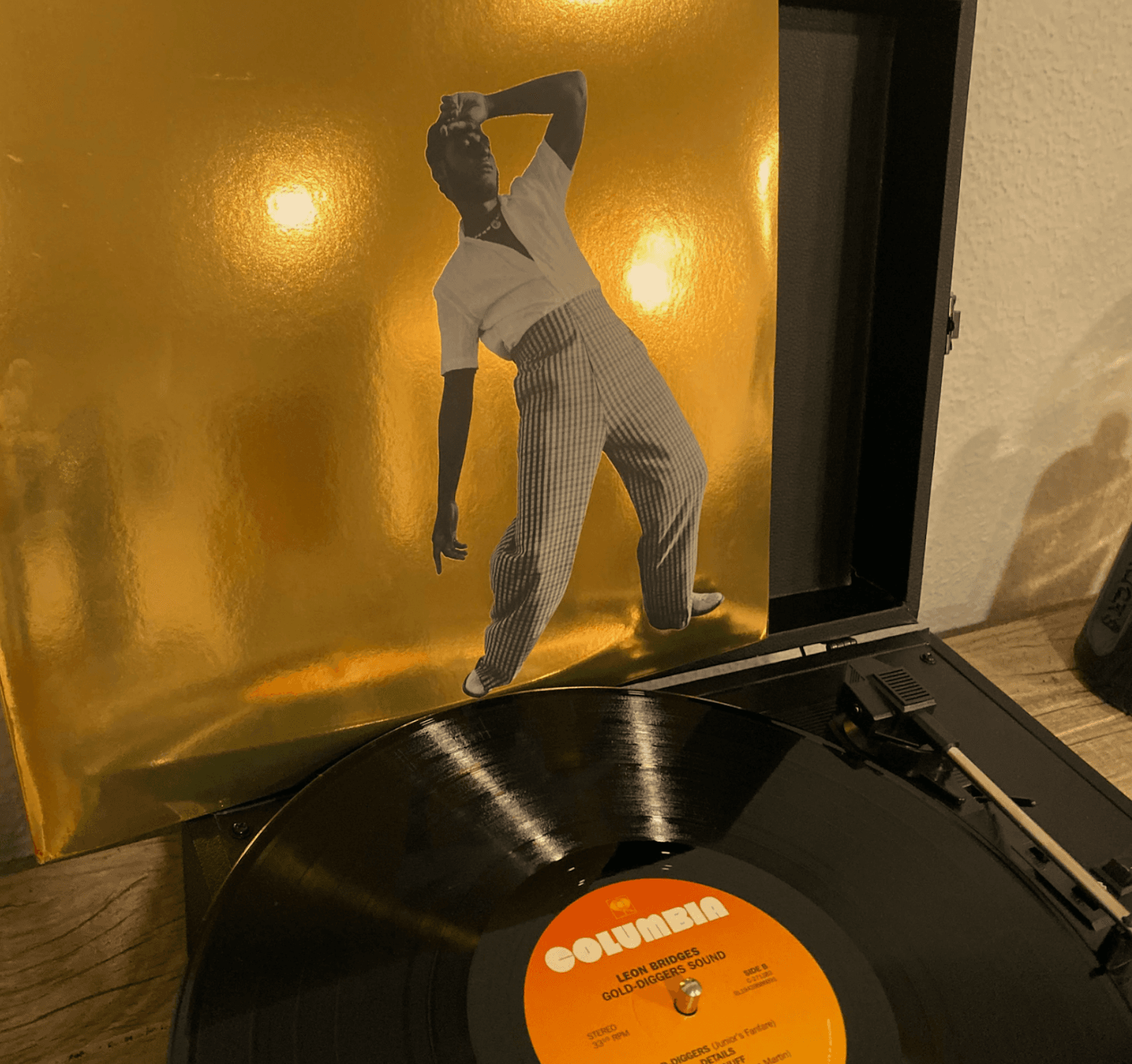Accessibility Tools
PMG Digital Made for Humans
What You Need to Know About Clubhouse
Bradley Cooper, Senior Content Writer
Bradley Cooper is the founder and CEO of ContentP, a content creation company. She’s been a content marketer for over 10 years and has written for PMG, Forbes, Entrepreneur, Inc, and many other publications on blogging and website strategy.

As people remain primarily isolated and indoors during the pandemic and blizzard-like conditions facing much of the United States, many are turning to the ephemeral nature of newfound audio-first social platforms for community and conversation.
Clubhouse, and to a slightly lesser extent its sports-based equivalent, Locker Room, has gained momentum in recent weeks following an assortment of seemingly unscheduled celebrity appearances, varying from musicians and pop stars to prominent business leaders and tech icons, including Elon Musk and Mark Zuckerberg.
Related: Unrestrained cross-border conversations led China to ban Clubhouse moments after arriving on the scene.
Clubhouse launched in the U.S. last April mid-pandemic, providing users with a unique platform for socializing with friends and strangers alike when few options like it existed otherwise. For now, it’s a small but mighty audience reminiscent of Instagram’s or Twitter’s earliest days. The app hit one million downloads right before the new year but is growing fast, topping over six million downloads in February, according to Apptopia. It’s currently only available on iOS devices. After its latest round of funding, Clubhouse is now valued at over $1.2 billion.
The app is simple and straightforward by design, allowing users to easily tune into audio chatrooms and unceremonious discussions across any number of topics, from foreign politics to pop culture and the creator economy to IO psychology. In many ways, Clubhouse functions as a town square open mic, allowing speakers to host sessions, many of which are impromptu, and discuss events as they are happening (or immediately afterward).
Clubhouse hosts also engage in freewheeling conversations with others and answer questions from the audience, or even call on members of the audience to formally join in on the conversation. The drop-in capabilities allow for deep engagement and noteworthy conversations.
Joining (and leaving) a Clubhouse room feels as simple as walking up to a group of neighbors chatting outside or attending a bustling block party pre-pandemic, enabling you to quietly enter and exit group discussions or add your own commentary to the conversation when the opportunity arises.
These conversations are just one aspect of Clubhouse’s charm (and impressive growth), becoming a core experience that’s driving changes across the social internet. As many analysts have noted, consumers are engaging more and more with ubiquitous user-generated content online, ranging from TikToks and livestreams to podcasts and chat rooms. As a result, social platforms are exploring these new mediums and finding more ways to remain top of mind for users’ interests and needs.
The New York Times reports Facebook is in the early stages of building an audio product like Clubhouse.
Earlier this year, Twitter launched Spaces to a select group of users, a new digital environment within the Twitter app that allows users to tune in to conversations between Twitter users.
Stay in touch
Bringing news to you
Subscribe to our newsletter
By clicking and subscribing, you agree to our Terms of Service and Privacy Policy
Currently, there are no advertising opportunities within Clubhouse nor brand safety controls, and we expect the social platforms emulating Clubhouse’s success won’t be adding audio ads to their inventories anytime soon. As with any new medium, countless creators are testing new approaches and content types, including scheduled shows, special guest appearances with influential business leaders, and more, making Clubhouse an app ripe with brand-building opportunities and worth keeping your eyes (and ears) on.







